I’m not old enough to reminisce about when this part of East London was all fields, but I do remember a time when the Greenwich Peninsula seemed to be mud and cranes. I did a photoshoot here almost exactly 20 years ago, when what was then the Millennium Dome was still being hastily constructed ahead of its official opening on 1 January 2000.
Back then, the Dome looked like a vast circus tent – pretty much what it was. It stood by itself in the middle of a wilderness of reclaimed industrial land. Now renamed the O2 Arena, it is surrounded by so much development that photographer Luc Lacey struggles to find a vista that will allow both it and the Audi A2 to occupy the same frame.
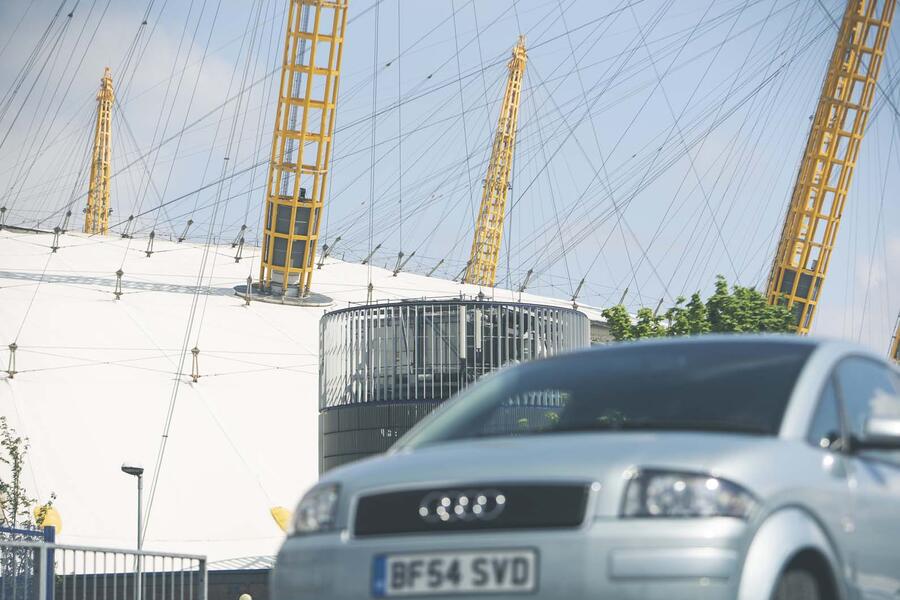
O2 and A2 seem like an appropriate fit given it is also 20 years since Audi’s forward-looking supermini went on sale. When we decided to do a story about cars that were ahead of their time, there were several strong candidates for the starring role but one clear winner. The A2 was so futuristic in 1999, it feels as if the world is only just catching up to it; the similarly sized AI:ME concept that Audi showed at this year’s Shanghai motor show seems hardly more daring.
Yet, like the Dome, the A2 was a failure. Visitors trickled rather than flocked to the expensively assembled Millennium Experience, it drew less than half the numbers it was meant to and closed at the end of 2000 having racked up big losses. The Audi lasted longer, on sale until 2005, but high prices and limited practicality restricted sales success.


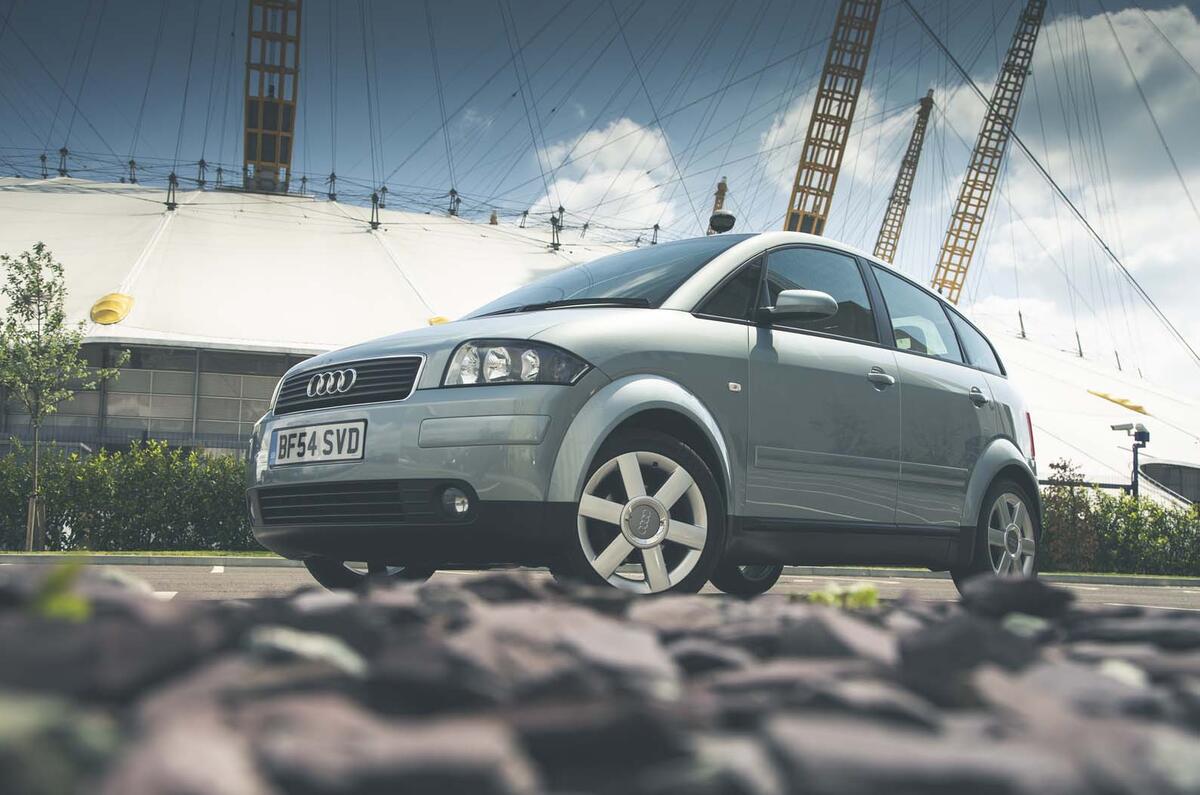
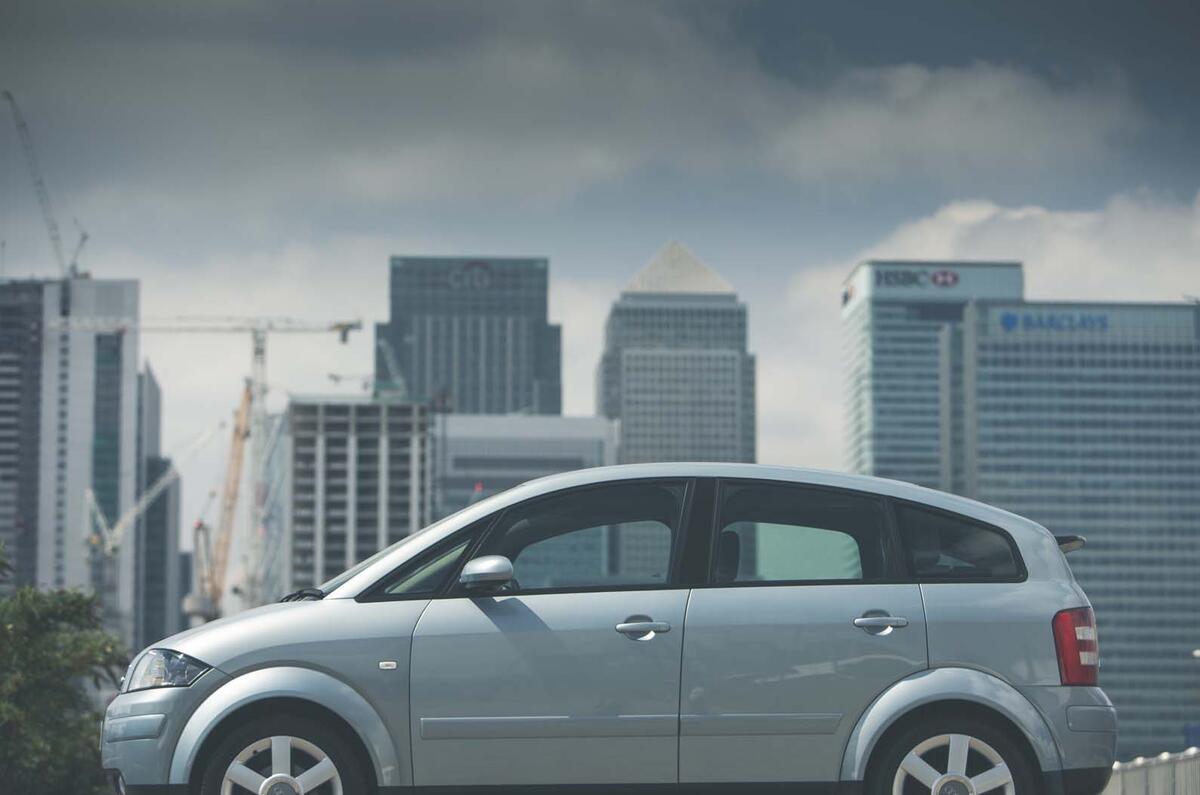
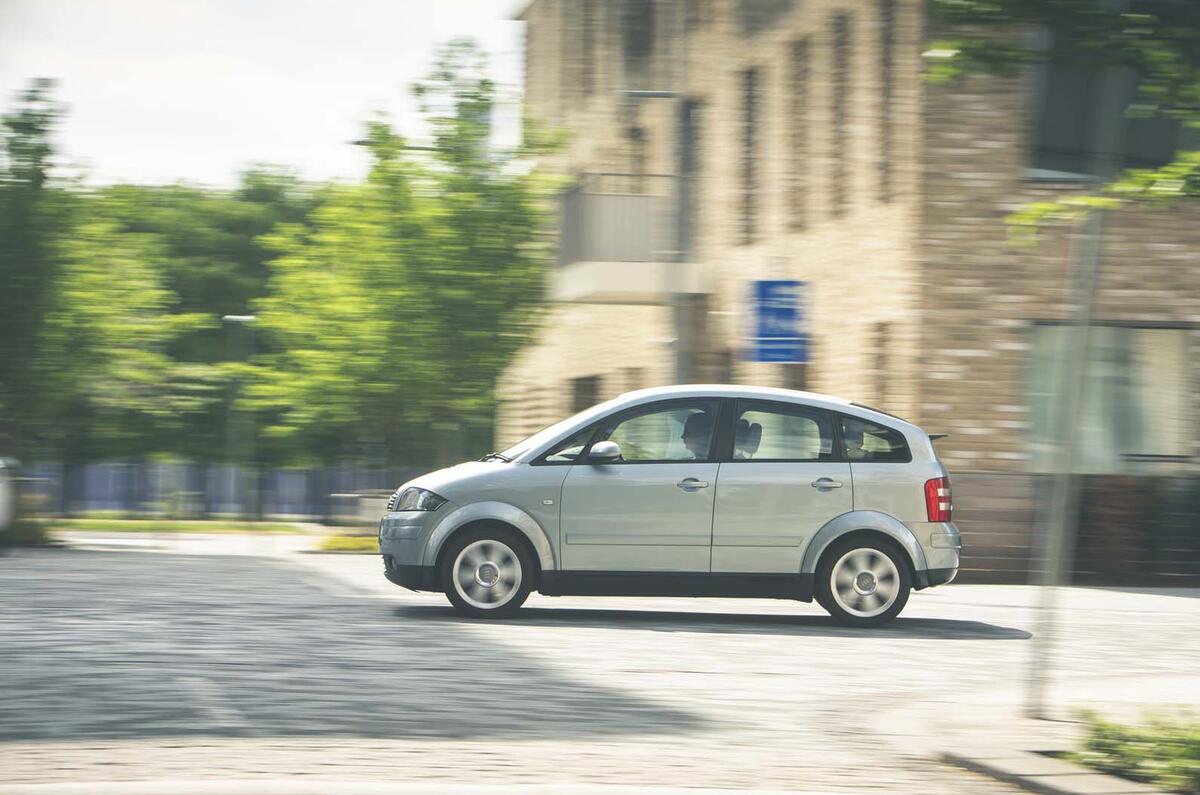
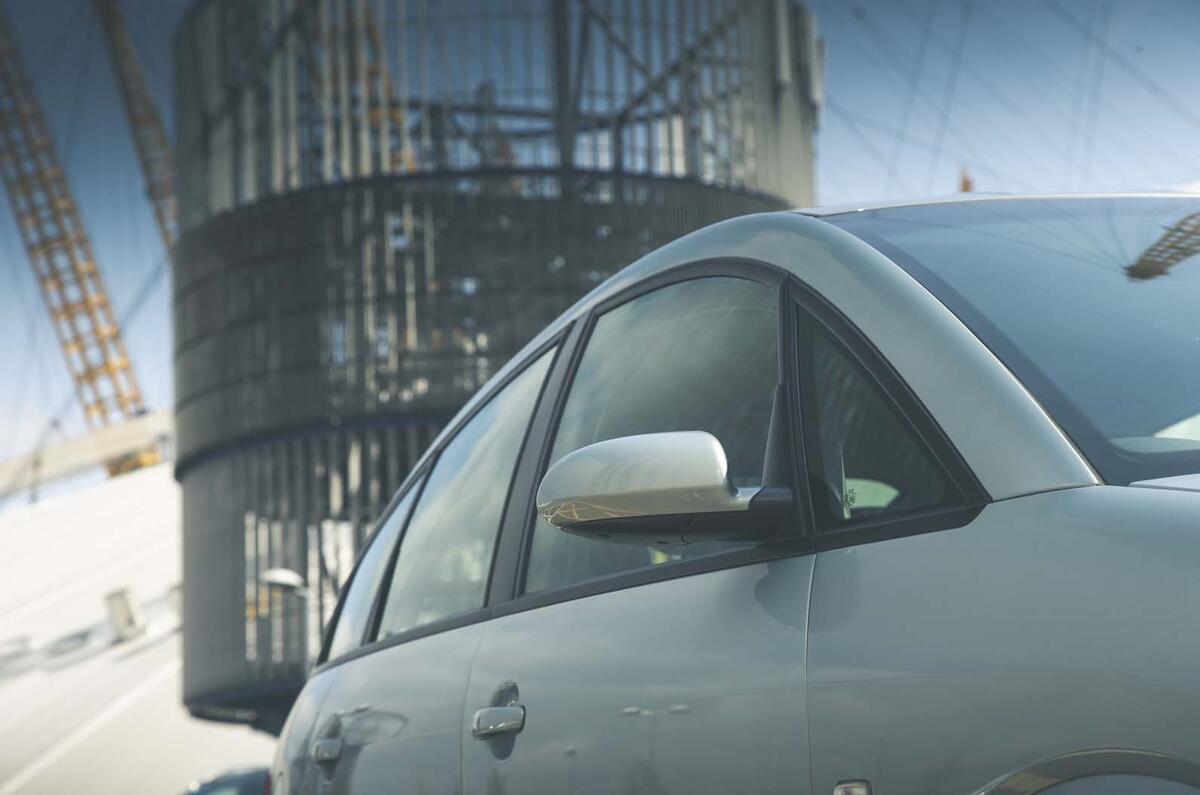
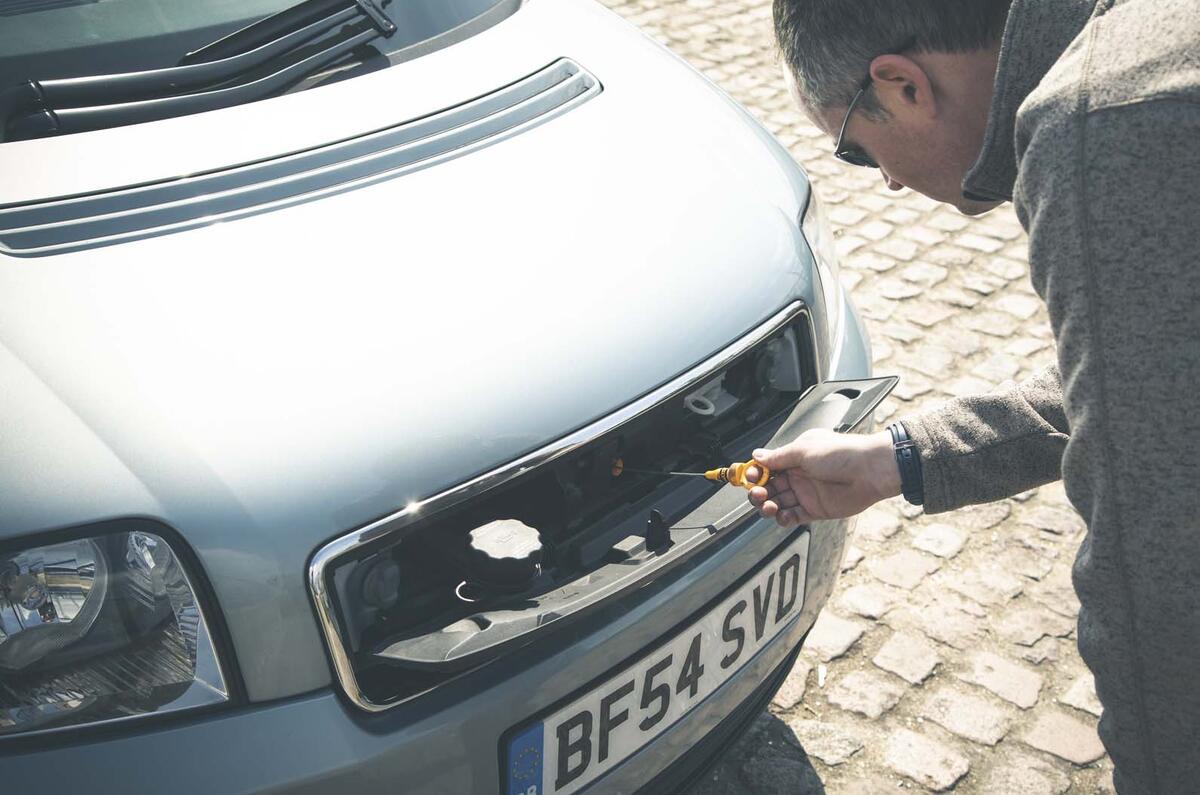
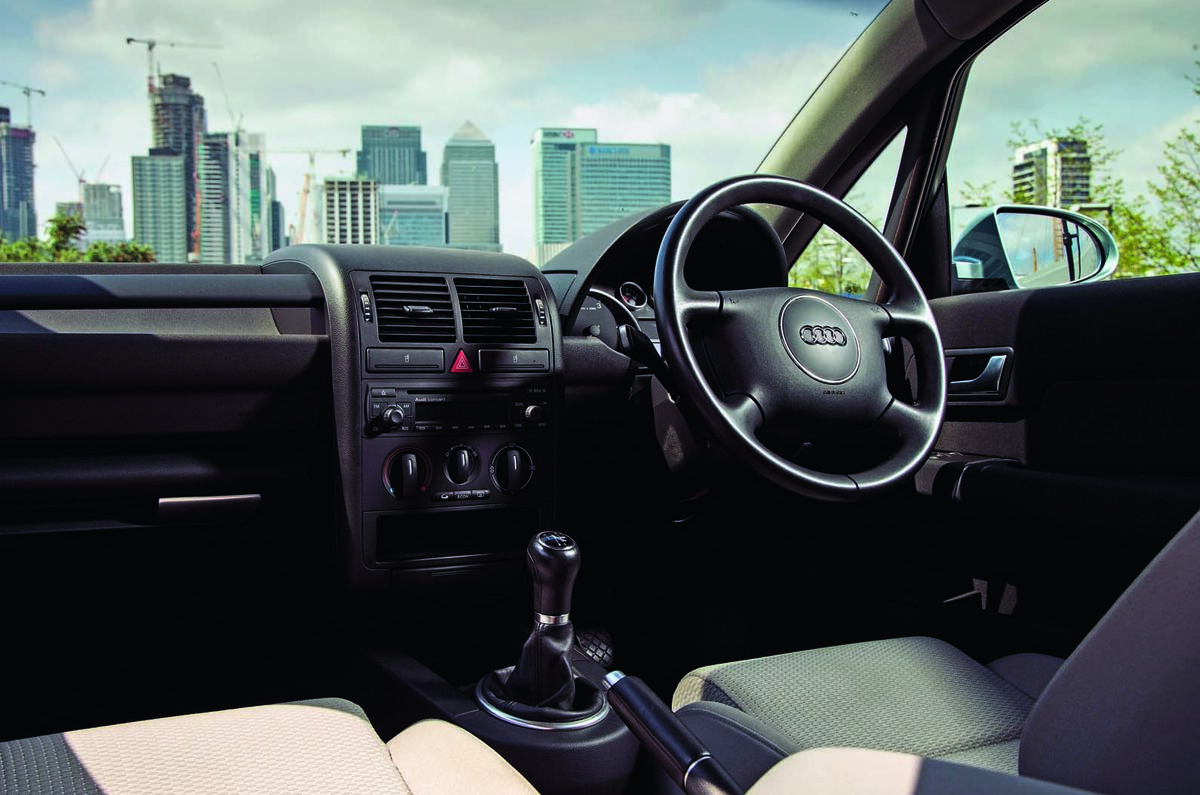
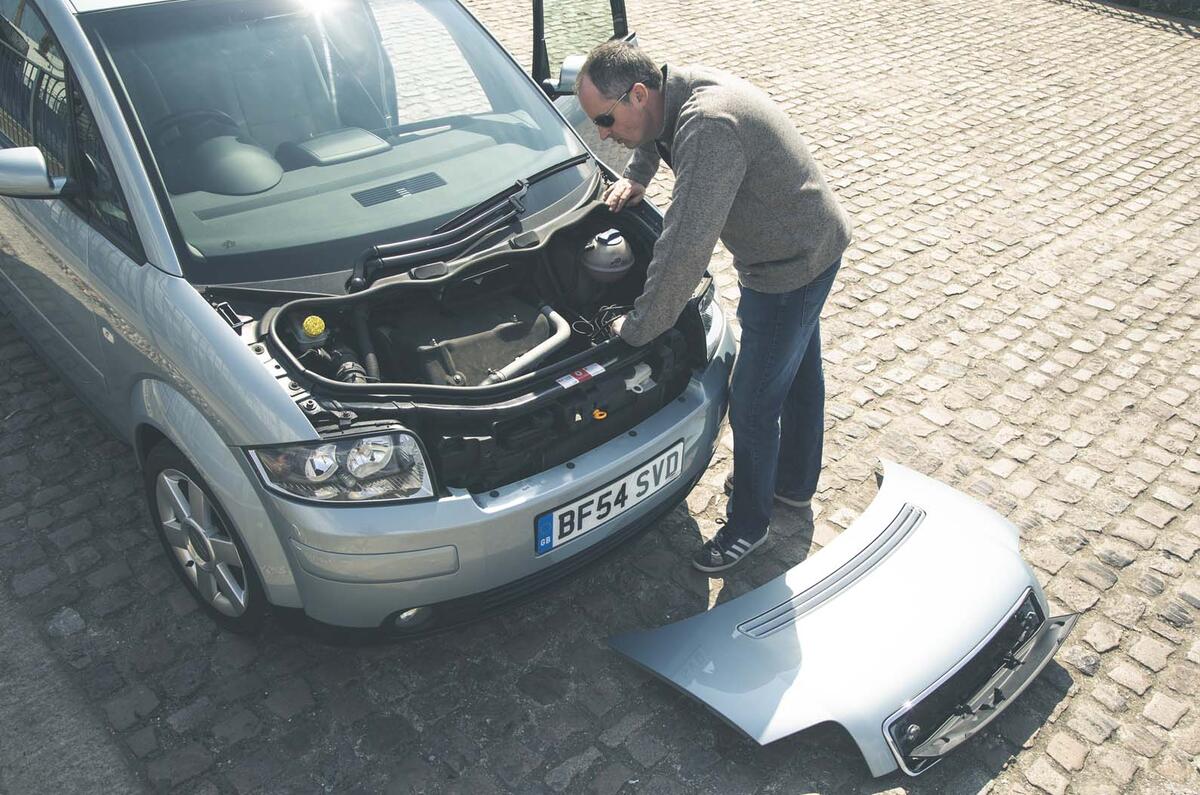
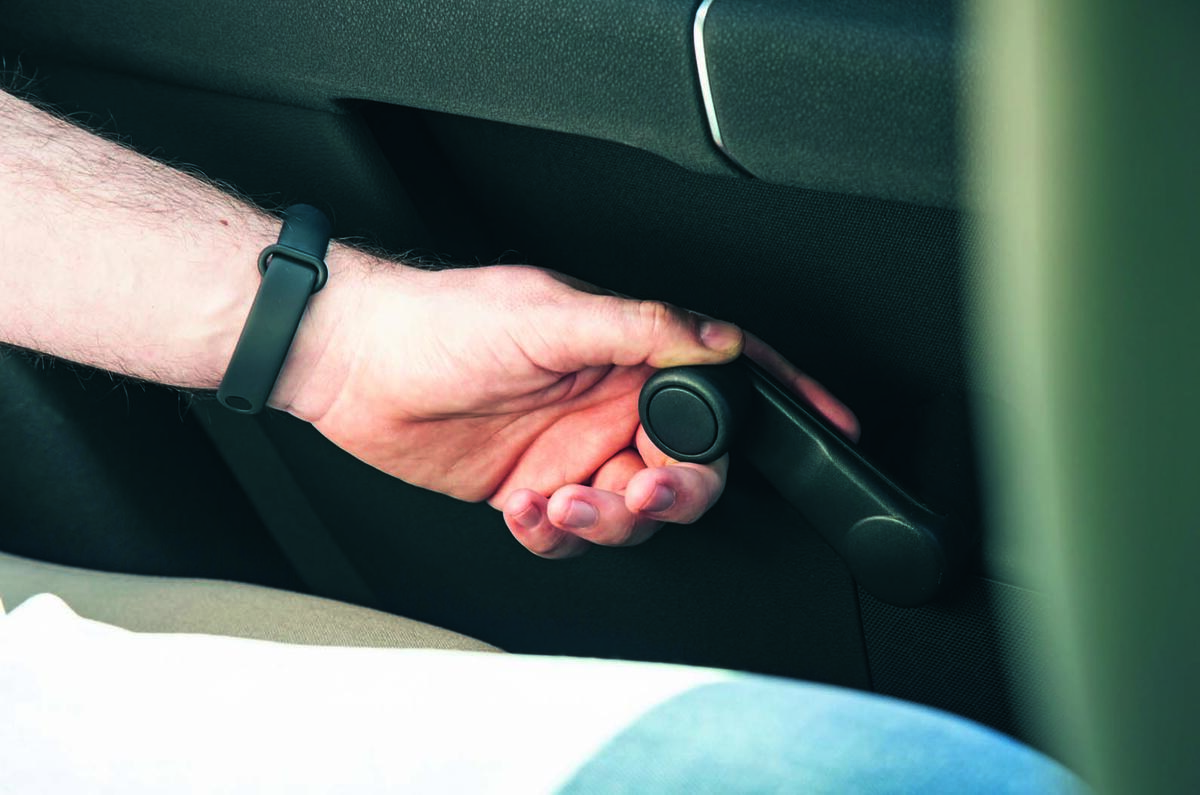
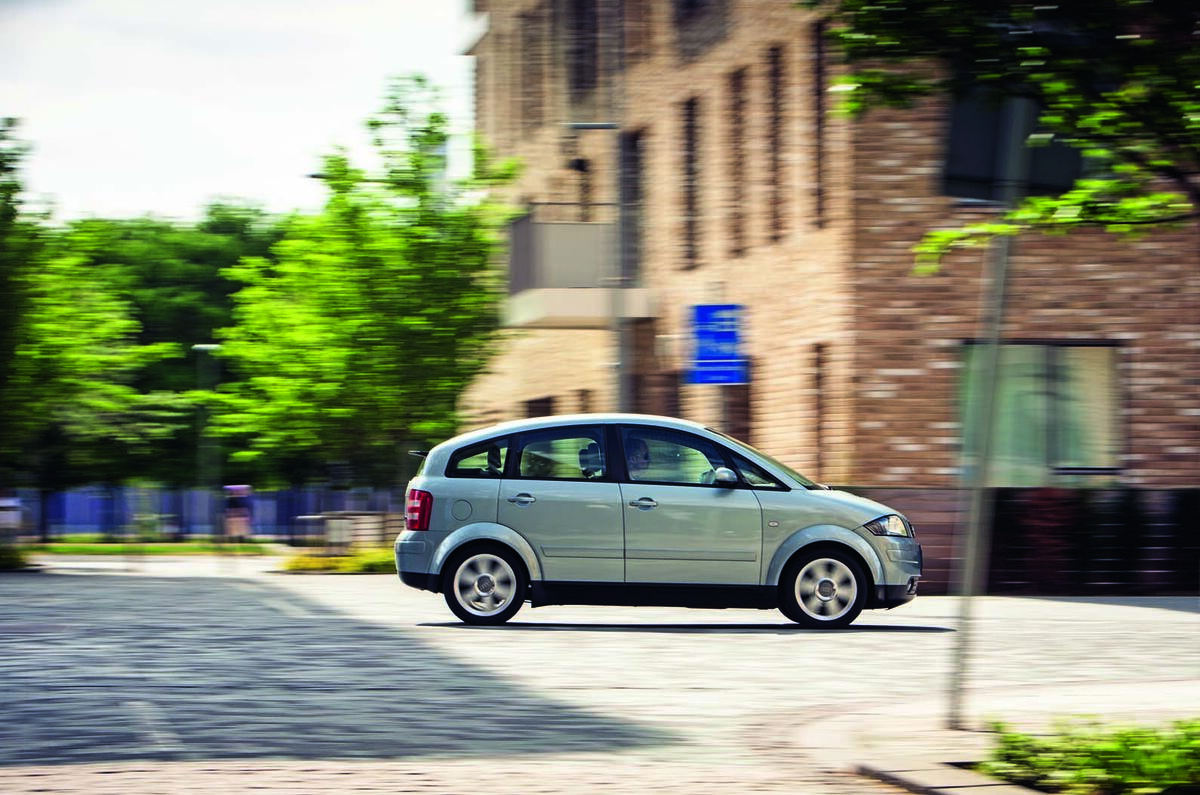
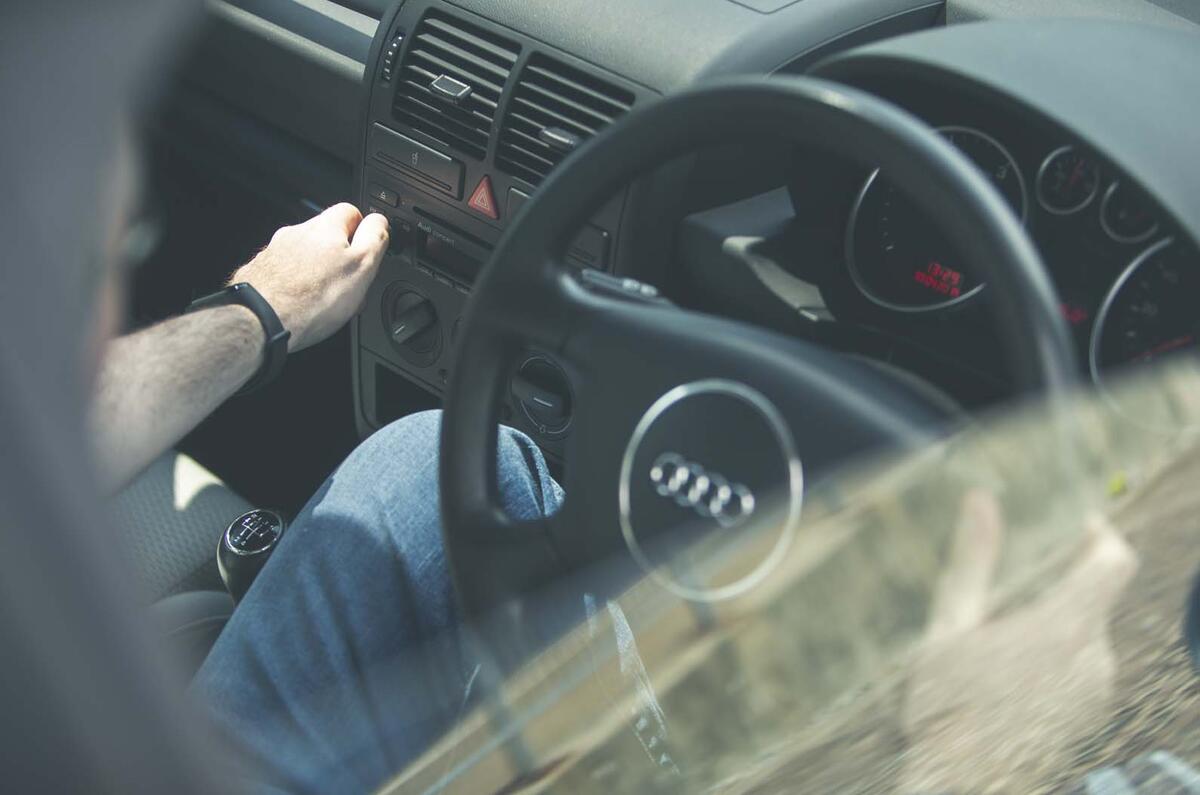

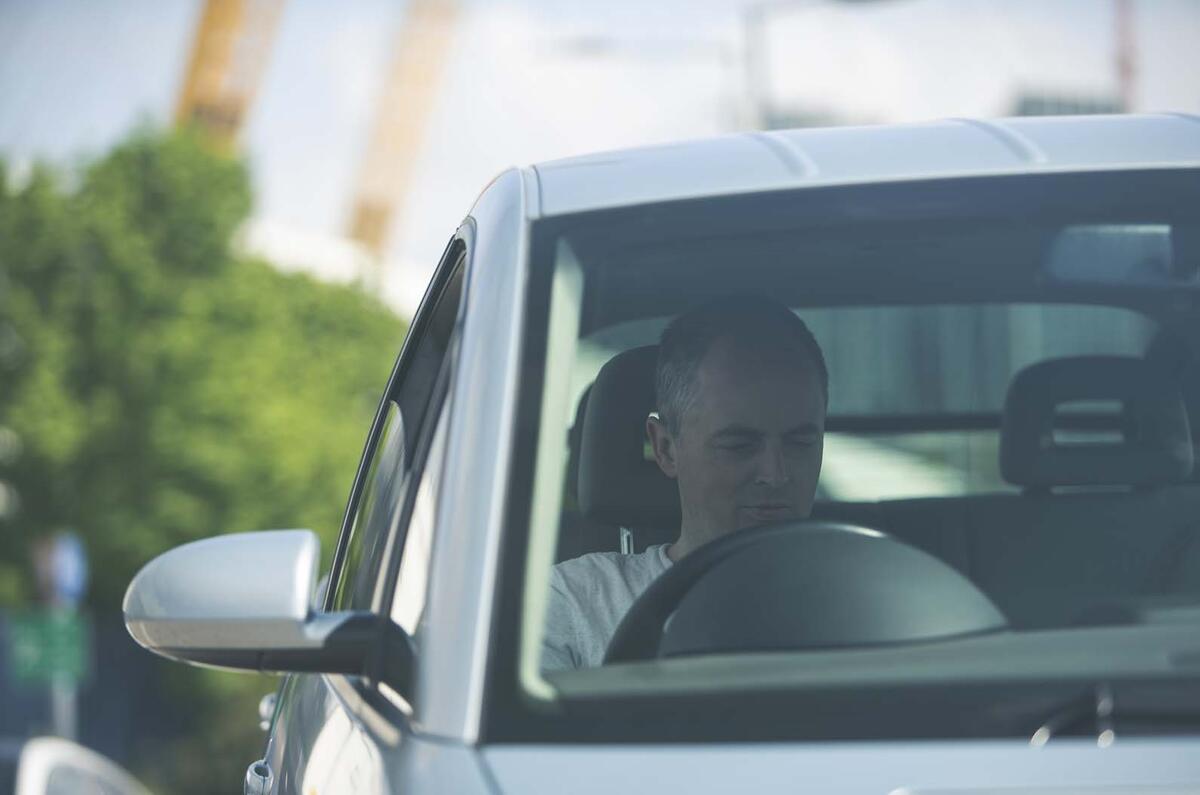
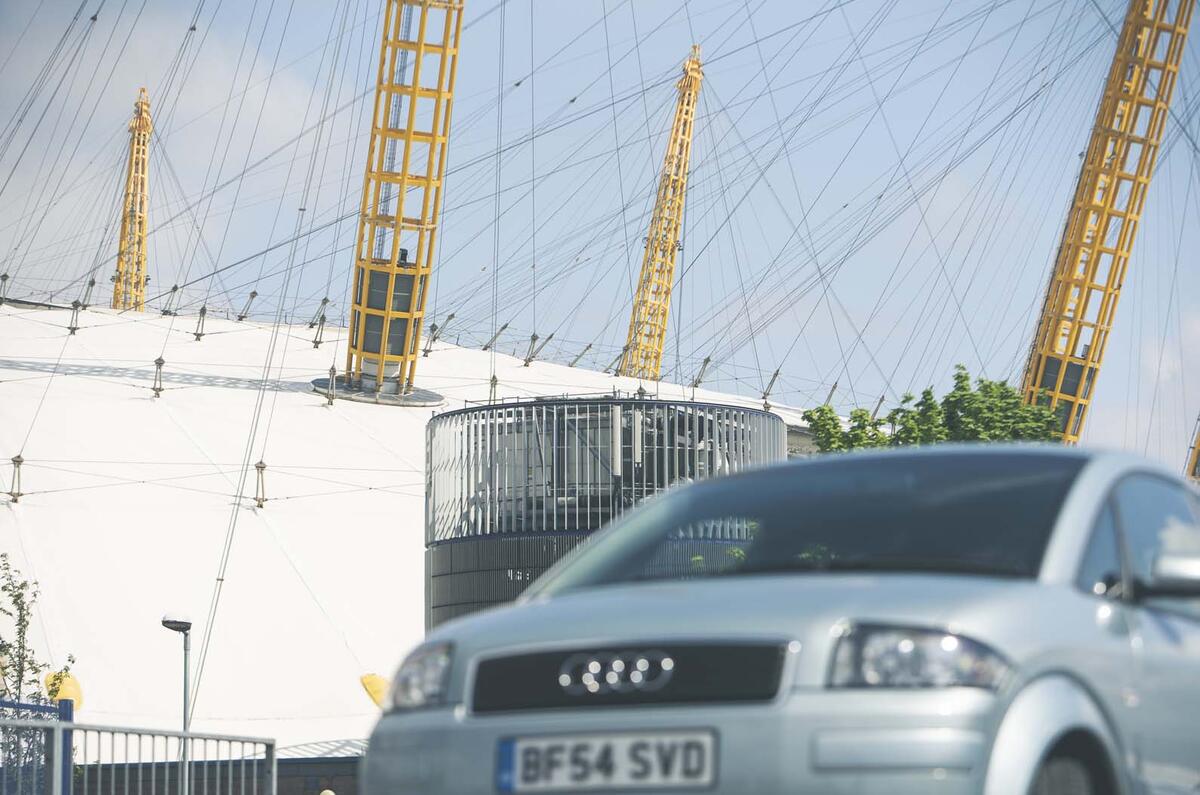
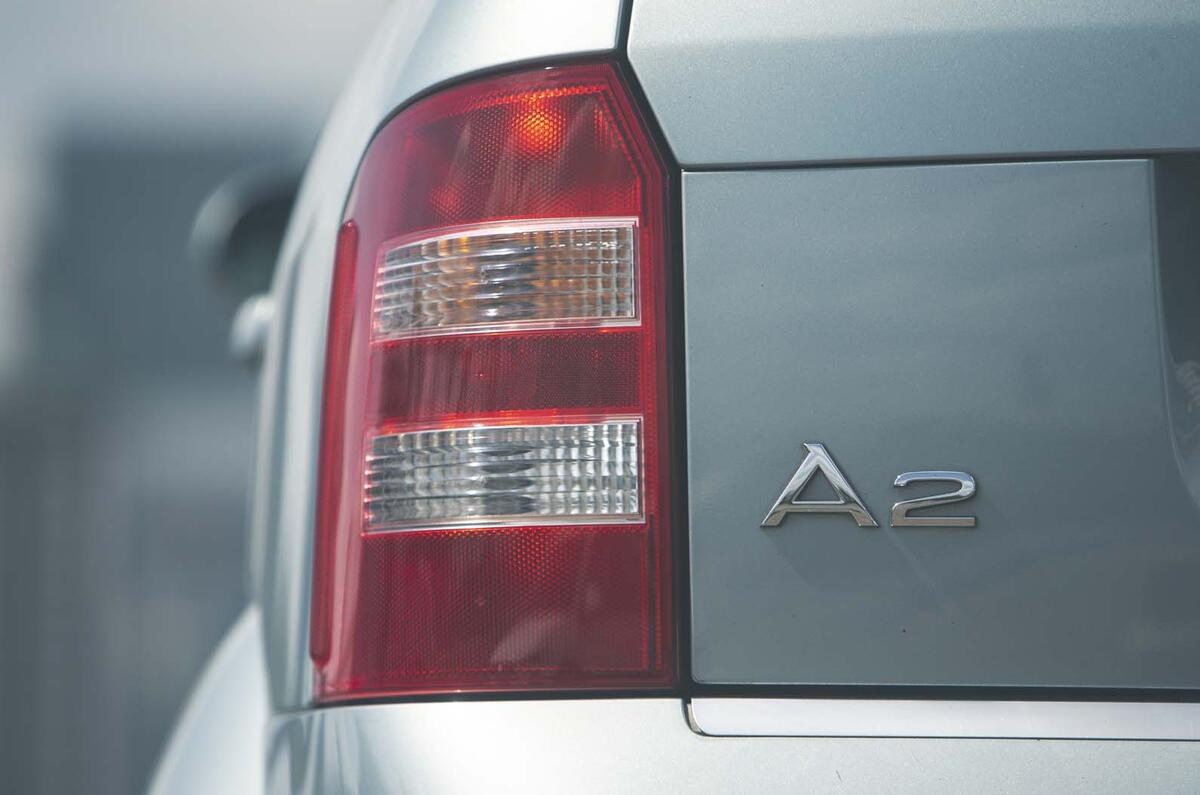
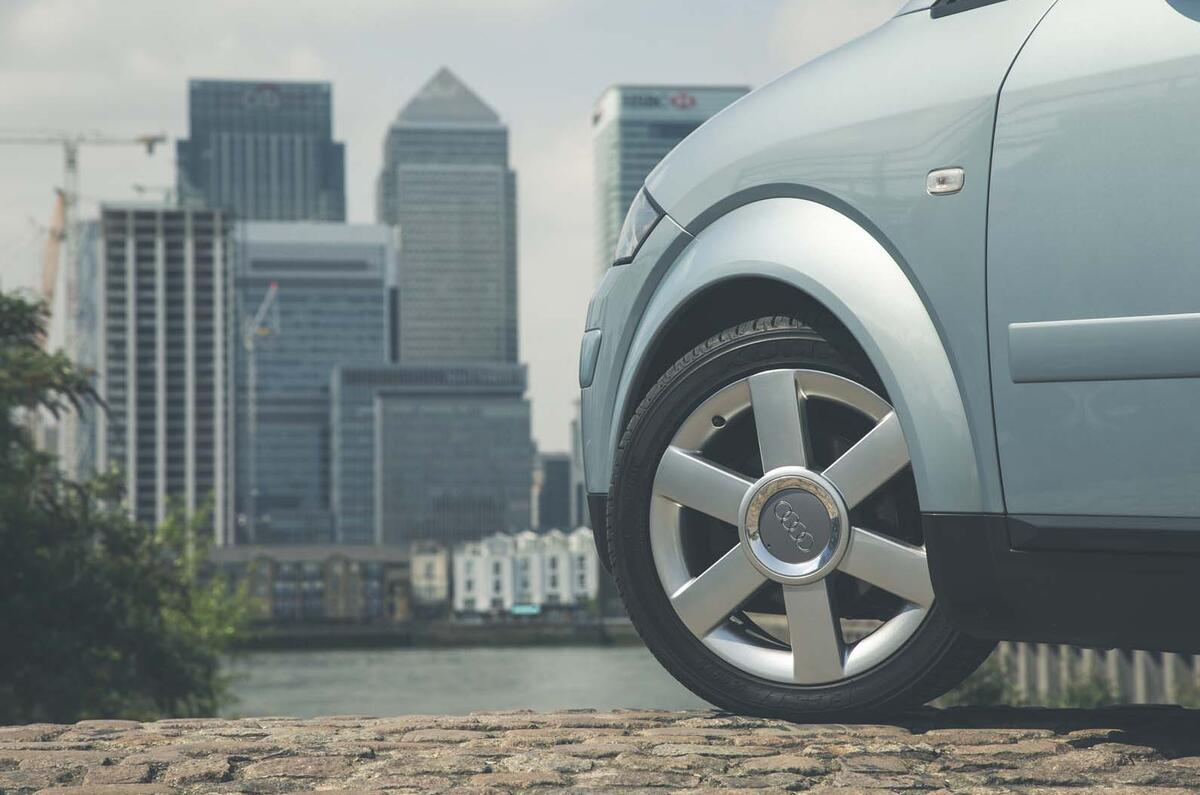
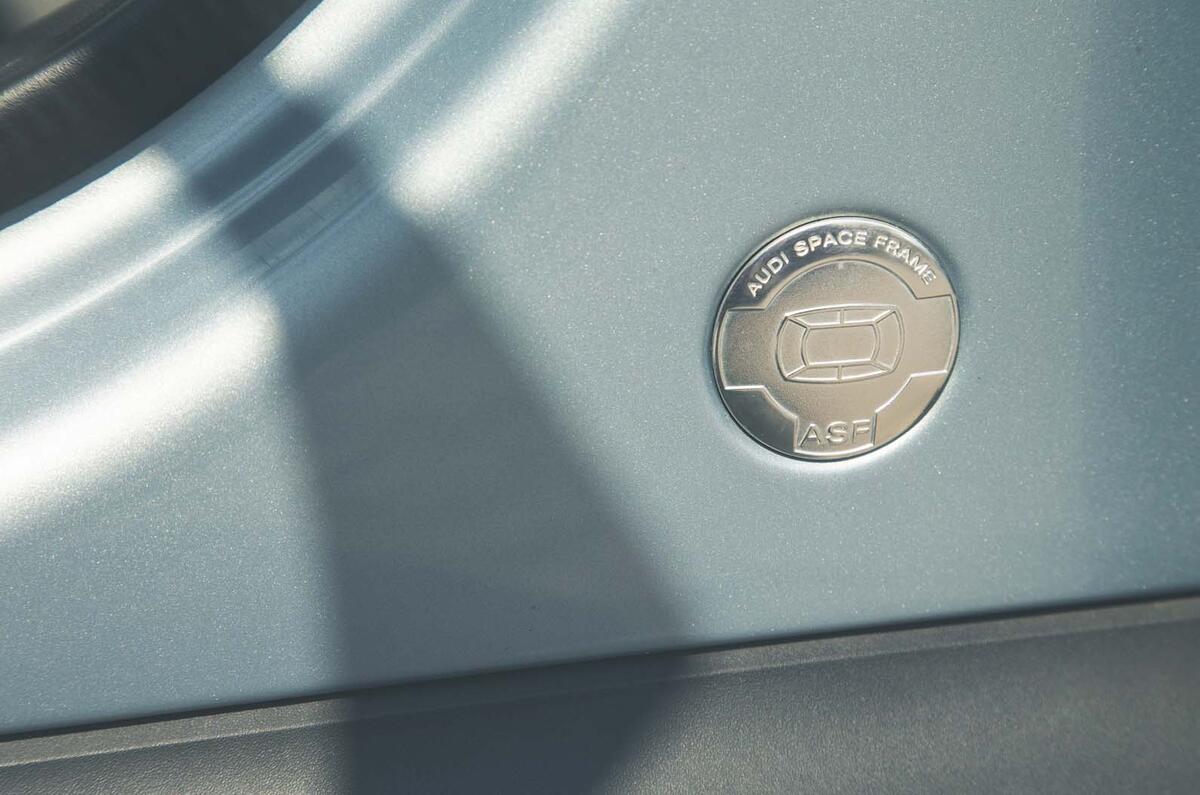
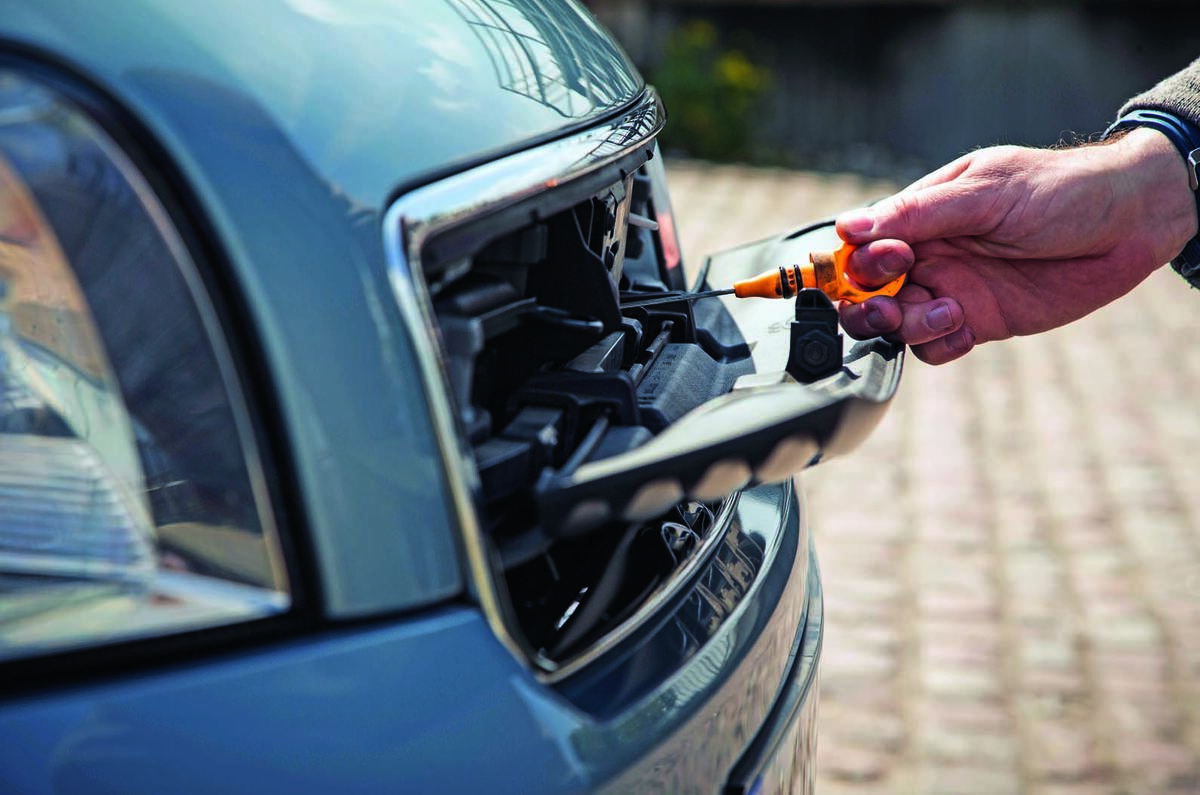
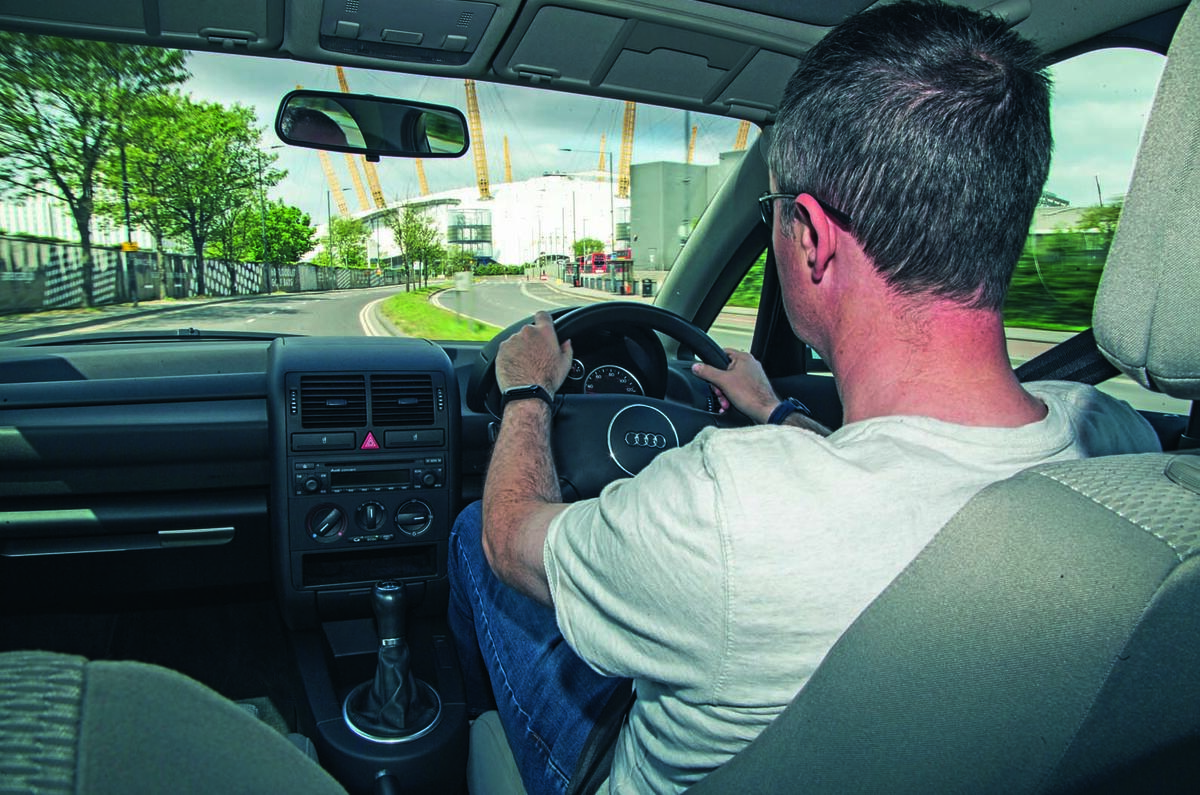
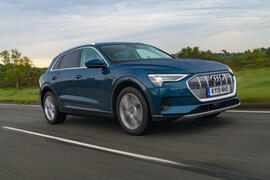
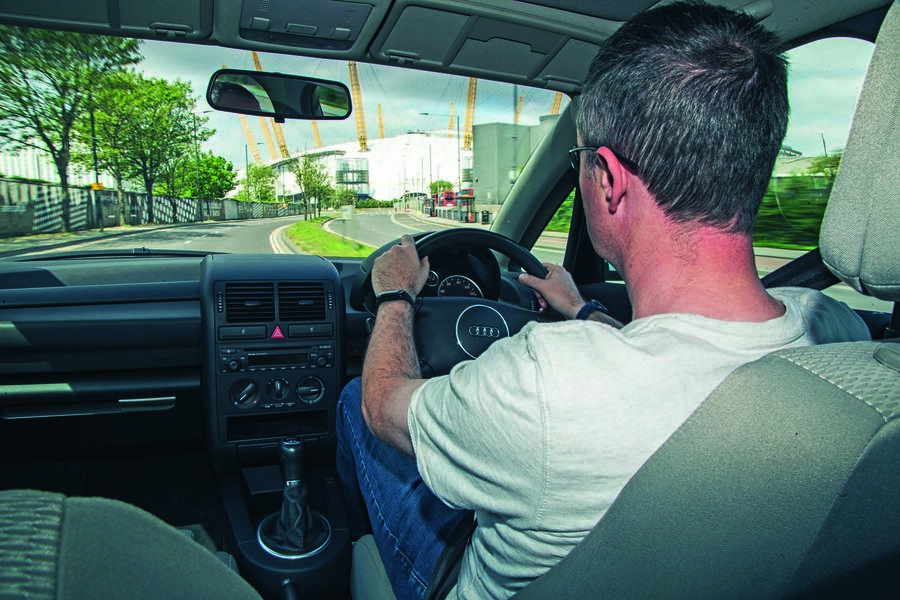
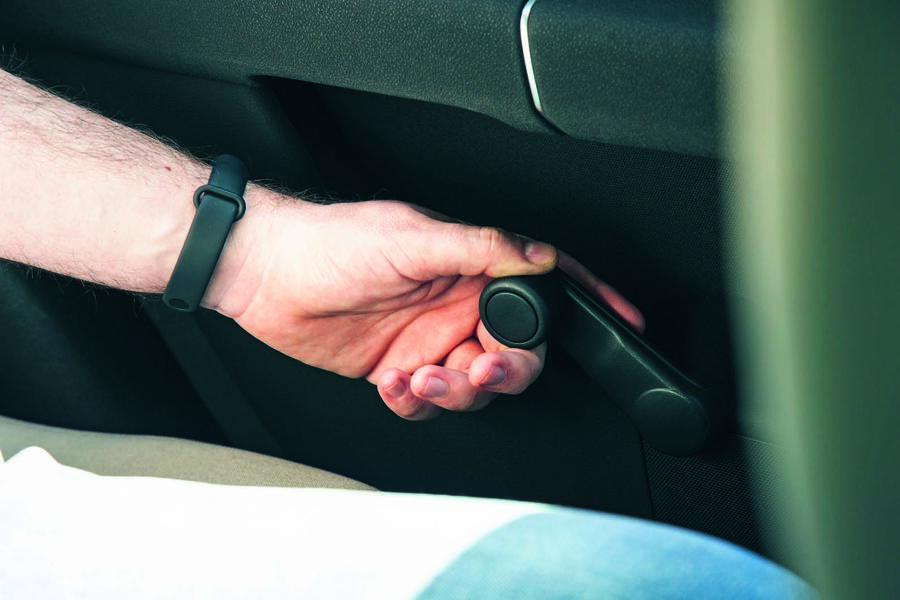
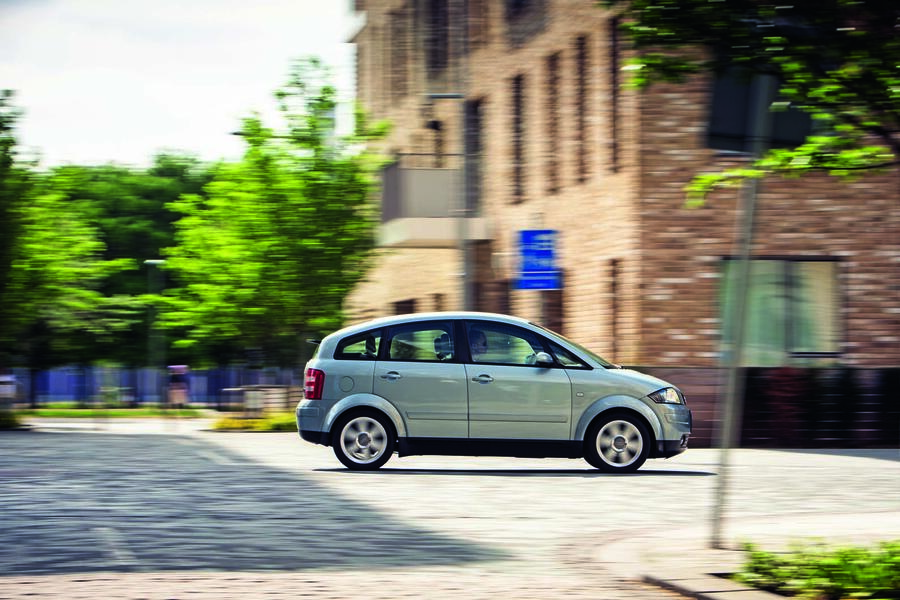
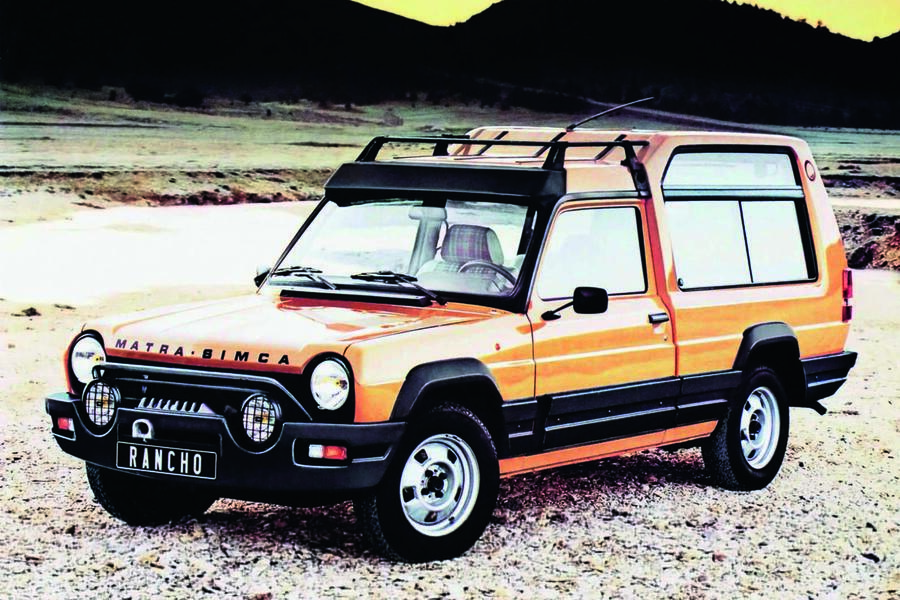
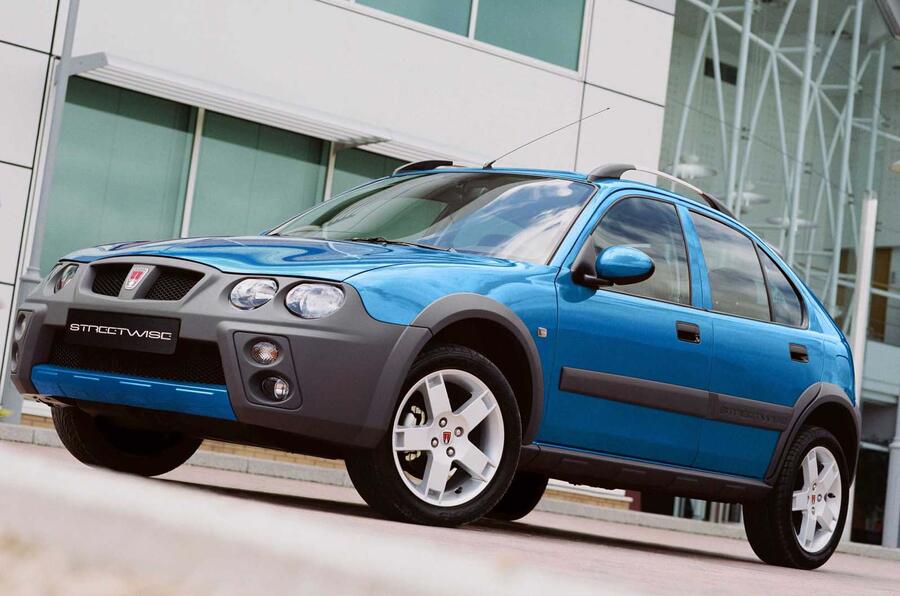
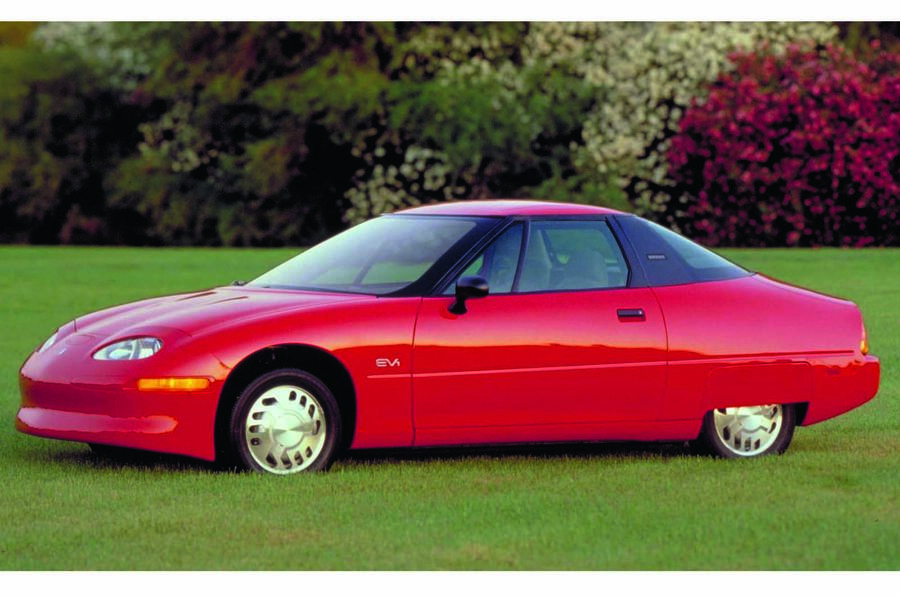
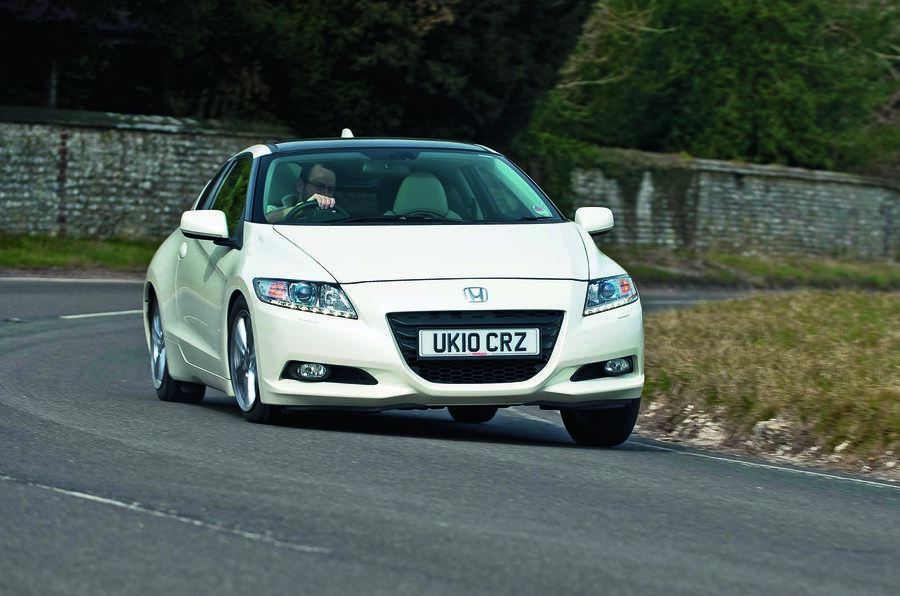
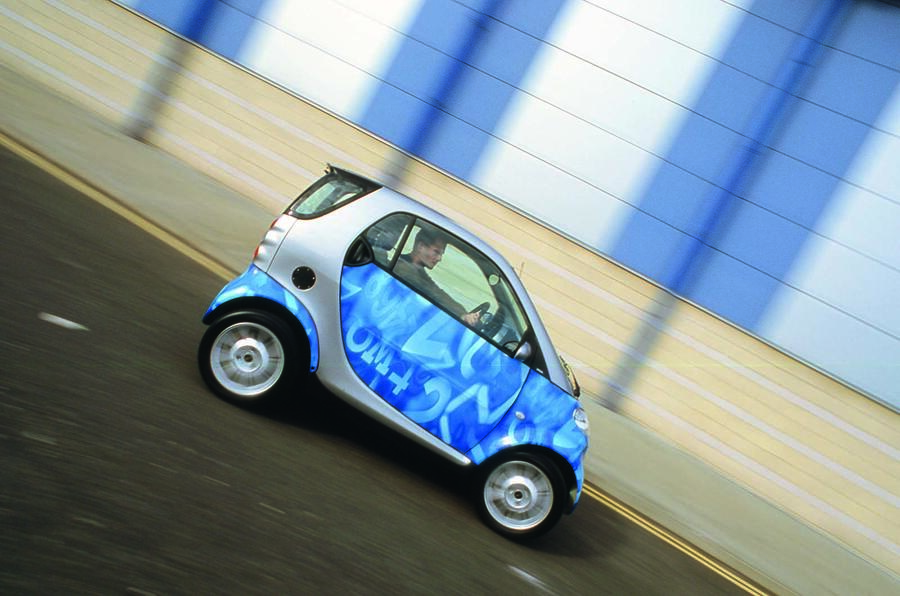
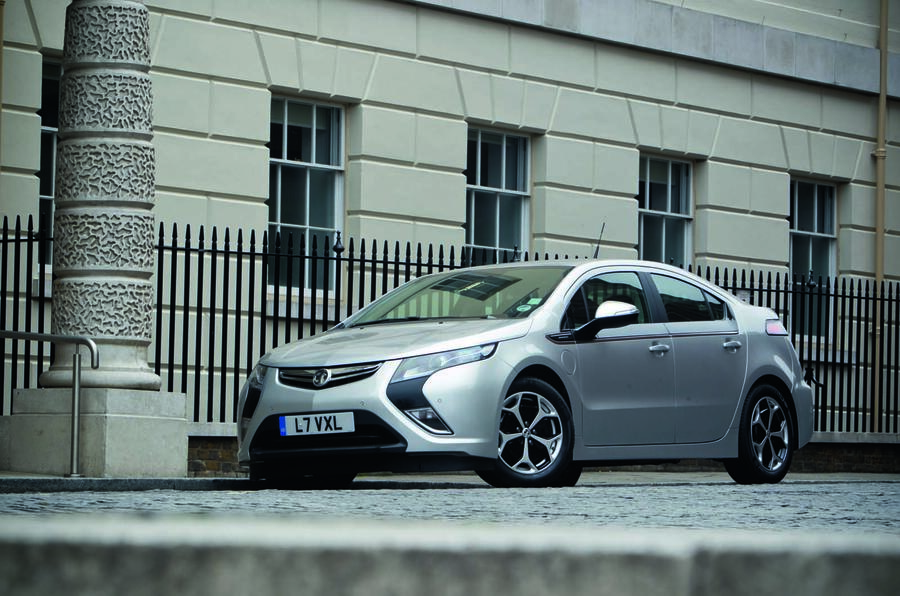

Join the debate
jason_recliner
The Rancho Looks So Cool!
Mary54
Audi A2
Happy A2 owner here! Have been driving my A2 (1.4 petrol, 66,000km) for 14 years and would disagree with only one point. Limited practicality. I have been unable to find a modern car that matches the A2’s practicality. Very small but plenty of room in the interior. Huge boot relative to car size. Removable rear seats have allowed bicycles, camping gear etc to be loaded. Removable boot floor allows valuables to be carried without them being visible. Not found another car with 6 levels of adjustment on the seat heating..... to give just a few examples. Wish they were still being made!
si73
Whilst the A2 was impressive
The streetwise was heavily criticised when launched but was actually very forward thinking and I reckon it's a good looking little car, the crz is much more fun to drive than you give it credit for and surprisingly cheap to run as well as capable of a reasonable turn of pace.
I think you should also include the original insight as that was ahead of its time and is surely a certified future classic.
adrian888
Best car owned
Agree with Mary54. I first drove a left hooker at Milbrook in 1999 at an invite only Audi customer driving day. Also recall the then new Allroad being demonstrated. I had my 2004 Tdi Sport for 10 years racking up 130,000 miles on top of the 25k it had when i bought it. Drove it all over Europe and UK. The ride was its achilles heal, especially on 17” rims (ouch). I know i will regret selling......
Thekrankis
Honda Jazz did it better for less.
No wonder the Jazz sold well all over the world.
abkq
The original A class, which
xxxx
Future classic and high secondhand prices proving it
Seeing A2's on the road that could be cleaned and polished to 2 years old rather than 20 years. A classic in the making whereas the A class will just go on the scape heaps of past also runs
abkq
xxxx wrote:
The problem with A class mk1 is neither its concept nor its design, but its poor build quality and cheap materials. The A class mk2 was a meaningful improvement but being the second, rather than the first, generation inevitably has little collectors value.
xxxx
Why a car gets labelled a classic
Didn't stop many a Alfa becoming classic.
xxxx
Chassis write
"These days, the car’s hard-to-fix aluminium structure means that only minor damage tends to write them off." to be honest MOST cheap'ish 20 year cars in the mainstream sector would be written off if they have an accident big enough to damage a STEEL chassis.
Pages
Add your comment